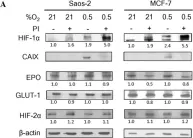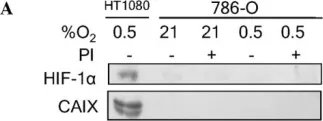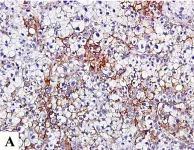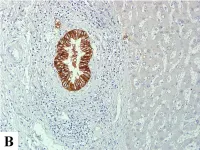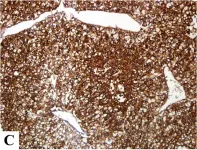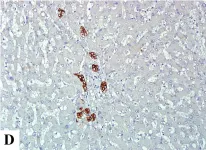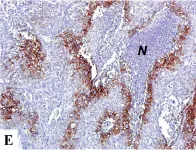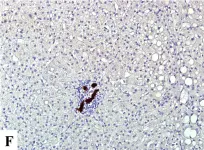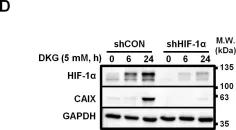For clinical applications of cell-based therapies, a large quantity of human pluripotent stem cells (hPSCs) produced in standardized and scalable culture processes is required. Currently, microcarrier-free suspension culture shows potential for large-scale expansion of hPSCs; however, hPSCs tend to aggregate during culturing leading to a negative effect on cell yield. To overcome this problem, we developed a novel protocol to effectively control the sizes of cell aggregates and enhance the cell proliferation during the expansion of hPSCs in suspension.
hPSCs were expanded in suspension culture supplemented with polyvinyl alcohol (PVA) and dextran sulphate (DS), and 3D suspension culture of hPSCs formed cell aggregates under static or dynamic conditions. The sizes of cell aggregates and the cell proliferation as well as the pluripotency of hPSCs after expansion were assessed using cell counting, size analysis, real-time quantitative polymerase chain reaction, flow cytometry analysis, immunofluorescence staining, embryoid body formation, teratoma formation and transcriptome sequencing.
Our results demonstrated that the addition of DS alone effectively prevented hPSC aggregation, while the addition of PVA significantly enhanced hPSC proliferation. The combination of PVA and DS not only promoted cell proliferation of hPSCs but also produced uniform and size-controlled cell aggregates. Moreover, hPSCs treated with PVA, or DS or a combination, maintained the pluripotency and were capable of differentiating into all three germ layers. mRNA-seq analysis demonstrated that the combination of PVA and DS significantly promoted hPSC proliferation and prevented cell aggregation through improving energy metabolism-related processes, regulating cell growth, cell proliferation and cell division, as well as reducing the adhesion among hPSC aggregates by affecting expression of genes related to cell adhesion.
Our results represent a significant step towards developing a simple and robust approach for the expansion of hPSCs in large scale.
© 2021 The Authors. Cell Proliferation Published by John Wiley & Sons Ltd.
Applications
Reactivity
Research Area
In Cell Proliferation on 1 September 2021 by Tang, X., Wu, H., et al.
-
Stem Cells and Developmental Biology
In ACS Nano on 23 October 2018 by Davis, R. M., Kiss, B., et al.
Bladder cancer has the highest recurrence rate of all cancers due in part to inadequate transurethral resection. Inadequate resection is caused by the inability of cystoscopes to detect invisible lesions during the resection procedure. To improve detection and resection of nonmuscle invasive bladder cancer, we quantified the ability of a surface-enhanced Raman nanoparticle and endoscope system to classify bladder tissue as normal or cancerous. Both antibody-based (active) and tissue permeability-based (passive) targeting mechanisms were evaluated by topically applying nanoparticles to ex vivo human bladder tissue samples. Multiplexed molecular imaging of CD47 and Carbonic Anhydrase 9 tumor proteins gave a receiver operating characteristic area under the curve (ROC AUC of 0.93 (0.75, 1.00). Furthermore, passively targeted nanoparticles enabled tissue classification with an ROC AUC of 0.93 (0.73, 1.00). Passively targeted nanoparticles penetrated 5-fold deeper and bound to tumor tissue at 3.3-fold higher concentrations in cancer compared to normal bladder urothelium, suggesting the existence of an enhanced surface permeability and retention effect in human bladder cancer.
-
Cancer Research
In Oncol Lett on 1 October 2015 by Abd-Aziz, N., Stanbridge, E. J., et al.
Fig.1.A

-
WB
-
Homo sapiens (Human)
Collected and cropped from Oncol Lett by CiteAb, provided under a CC-BY license
Image 1 of 9
In Oncol Lett on 1 October 2015 by Abd-Aziz, N., Stanbridge, E. J., et al.
Fig.2.A

-
WB
-
Homo sapiens (Human)
Collected and cropped from Oncol Lett by CiteAb, provided under a CC-BY license
Image 1 of 9
In PLoS One on 5 March 2015 by Huang, W. J., Jeng, Y. M., et al.
Fig.1.A

-
IHC
-
Homo sapiens (Human)
Collected and cropped from PLoS One by CiteAb, provided under a CC-BY license
Image 1 of 9
In PLoS One on 5 March 2015 by Huang, W. J., Jeng, Y. M., et al.
Fig.1.B

-
IHC
-
Homo sapiens (Human)
Collected and cropped from PLoS One by CiteAb, provided under a CC-BY license
Image 1 of 9
In PLoS One on 5 March 2015 by Huang, W. J., Jeng, Y. M., et al.
Fig.1.C

-
IHC
-
Homo sapiens (Human)
Collected and cropped from PLoS One by CiteAb, provided under a CC-BY license
Image 1 of 9
In PLoS One on 5 March 2015 by Huang, W. J., Jeng, Y. M., et al.
Fig.1.D

-
IHC
-
Homo sapiens (Human)
Collected and cropped from PLoS One by CiteAb, provided under a CC-BY license
Image 1 of 9
In PLoS One on 5 March 2015 by Huang, W. J., Jeng, Y. M., et al.
Fig.1.E

-
IHC
-
Homo sapiens (Human)
Collected and cropped from PLoS One by CiteAb, provided under a CC-BY license
Image 1 of 9
In PLoS One on 5 March 2015 by Huang, W. J., Jeng, Y. M., et al.
Fig.1.F

-
IHC
-
Homo sapiens (Human)
Collected and cropped from PLoS One by CiteAb, provided under a CC-BY license
Image 1 of 9
In PLoS One on 25 November 2014 by Hou, P., Kuo, C. Y., et al.
Fig.4.D

-
WB
-
Homo sapiens (Human)
Collected and cropped from PLoS One by CiteAb, provided under a CC-BY license
Image 1 of 9

